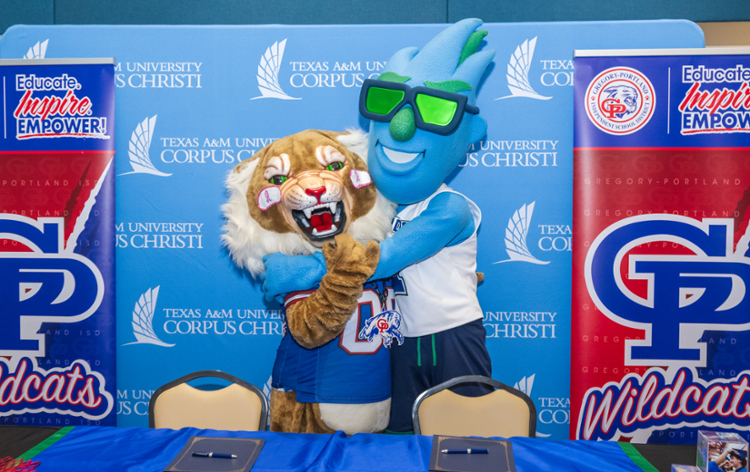TAMU-CC Lone Star UAS Center Answers Critical Emergency Response Need Thanks to $3M from Texas Legislature
CORPUS CHRISTI, Texas – Since 2014, Texas A&M University-Corpus Christi’s Lone Star Unmanned Aircraft System Center of Excellence and Innovation (LSUASC) has capitalized on its designation as an FAA test site to become a leader in unmanned aircraft systems (UAS). Thanks to an additional $3 million in exceptional item funding for FY 22-23 biennium from the Texas Legislature, LSUASC has positioned itself as a leader in drone innovation and technology. In conjunction with the Texas Division of Emergency Management (TDEM), LSUASC has been tasked by the State of Texas to develop a disaster response and recovery division to support all levels of government in their emergency management efforts.
“Informed by our experiences during Hurricanes Harvey and Hanna, as well as the Wimberly floods, TAMU-CC requested an exceptional item of funding from the state to develop a prototype UAS response capability for use during an emergency,” said Mike Sanders, LSUASC Executive Director. “Our goal for this funding is to provide support to the Coastal Bend and to integrate this capability with TDEM in support of statewide emergencies.”
The funding has created new jobs for specialized staff at LSUASC, bolstered the acquisition of new technologies, and developed a solid infrastructure to support their role in emergency management.
Tye Payne, LSUASC Director of Operations, noted that in the aftermath of a disaster, time is of the essence. First responders need fast, accurate information to save lives, and LSUASC can provide it.
“It can take upwards of 96 hours to get accurate aerial images from traditional sources like airplanes and satellite imagery,” Payne said. “In contrast, LSUASC drones can provide a two-dimensional map of up to 25 acres in roughly 40 minutes. Within two hours, those images can be stitched together to give rescuers a 3D view of the site. We are proud to support our community and the State of Texas with tools and technologies that other agencies may not have access to.”
To test their capabilities, LSUASC pilots, technicians, staff, and interns, in conjunction with the City of Corpus Christi, Nueces County, Corpus Christi Fire Department, and Corpus Christi Police Department, ran a disaster simulation from September 20-22, 2022. The exercise, which took place in various locations around Nueces County, simulated what might occur during a weather-related natural disaster.
“In essence, practicing for natural disasters is also practicing for all other emergency scenarios, and showcases how Lone Star UAS can assist local authorities during an emergency,” Payne said.
LSUASC intern Kamdyn Matthews ’22, TAMU-CC psychology major and Islander Army ROTC cadet, said that her time with LSUASC has given her knowledge and experience to prepare for a career in the United States Army.
“I’ve helped plan for numerous drone operations, prepared briefings, and I even learned how to assemble and disassemble drones,” Matthews said.
LSUASC will continue to develop innovative tactics and technologies that may soon be seen deploying across Texas in the wake of a disaster.
“This exercise was more successful than we could have hoped. Not only did it provide training value for all the participants involved, but it better developed our team, concept of operations, and support to those operations,” Payne said. “Most of all, it instilled confidence in our teams and in the participants throughout Corpus Christi and Nueces County, that LSUASC leads the way in supporting first responders and technology throughout the Coastal Bend and the State of Texas.”



















